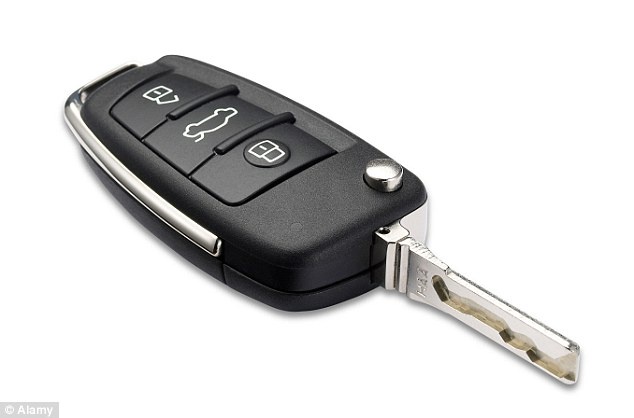In the ever-evolving landscape of automotive technology, transponder keys have emerged as integral guardians of vehicle security. A transponder key is no ordinary key – it is a sophisticated device equipped with an electronic chip that communicates with a vehicle’s immobilizer system. This electronic conversation is the cornerstone of a robust anti-theft mechanism, ensuring that only the rightful owner can ignite the engine. As we delve into the intricacies of transponder keys, this unveils Four crucial aspects that every vehicle owner should grasp, shedding light on their functionality, key components, and the intricacies of replacement and programming. Let’s embark on a journey to demystify the world of transponder keys.
Functionality of Transponder Keys
The functionality of transponder keys lies at the forefront of modern vehicle security, offering a sophisticated defense against unauthorized access and theft. At its core, a transponder key operates through an intricate electronic dance between the key and the vehicle’s immobilizer system. When the key is inserted into the ignition and turned, the transponder chip within the key emits a unique code to the immobilizer system. This code is essentially a digital handshake, a secret language that must match the predetermined code stored in the vehicle’s immobilizer.
This communication serves as a stringent verification process. If the codes align, the immobilizer system grants permission for the engine to start, allowing the vehicle to function seamlessly. However, if an incorrect or unauthorized key is used, the immobilizer system remains unyielding, thwarting any attempts to start the engine. This intricate system not only deters hotwiring but also adds an extra layer of protection against traditional theft methods.
The transponder key’s functionality is not just about starting the engine; it symbolizes a dynamic shift in automotive security, utilizing electronic intelligence to fortify vehicles against the ever-evolving landscape of theft tactics.
Components of a Transponder Key
Transponder keys are equipped with specific components that collaborate seamlessly to ensure the key’s functionality within a vehicle’s security system. Understanding these components is key to appreciating the intricacies of transponder key technology:
Transponder Chip
The heart of the transponder key, this small electronic chip is embedded within the key’s plastic head.
Contains a unique identification code that is crucial for communication with the vehicle’s immobilizer system.
Coil or Antenna
Integral to the key’s design, a coil or antenna is present to facilitate communication with the vehicle’s immobilizer system.
When the key is inserted into the ignition and turned, the coil sends a signal containing the transponder chip’s code.
Immobilizer System
Positioned near the ignition, the immobilizer system is the central hub that receives and processes signals from the transponder key.
Includes a receiver that interprets the code emitted by the transponder chip.
Acts as the gatekeeper, allowing engine ignition only if the received code matches the one pre-programmed into the vehicle.
These components work in tandem, creating a secure and intelligent system that prevents unauthorized access to the vehicle. The transponder chip’s unique code, the coil’s signal transmission, and the immobilizer system’s verification process collectively form a robust defense against theft, making transponder keys a crucial element in contemporary automotive security.
Replacement and Programming
Professional Assistance
When faced with the loss or damage of a transponder key, seeking professional assistance becomes imperative. Automotive locksmiths and authorized dealers possess the expertise and equipment necessary for key replacement and programming. Their knowledge ensures a seamless process, aligning the new key with the vehicle’s immobilizer system.
Programming Process
Programming a transponder key involves syncing the code on the key’s chip with the code stored in the vehicle’s immobilizer system. It takes specific equipment and expertise to complete this complex process. The steps typically include inserting the new key into the ignition, turning it, and allowing the immobilizer system to recognize and authenticate the transponder chip’s code. Precision and accuracy are crucial to ensure that the newly programmed key effectively starts the vehicle.
Importance of Correct Programming
Ensuring correct programming is paramount to the transponder key’s functionality. An improperly programmed key may fail to communicate with the immobilizer system, rendering it ineffective. Professional service providers take extra care to guarantee that the replacement key is accurately programmed, preventing any disruptions in the vehicle’s ignition process.
Cost Consideration
While transponder key replacement may incur higher costs compared to traditional keys, the added security benefits justify the investment. The expense is influenced by factors such as technology, key components, and the complexity of the programming process.
In conclusion, professional replacement and programming of transponder keys are essential for maintaining the security and functionality of modern vehicles. Seeking expert assistance ensures a reliable and secure outcome, safeguarding against potential unauthorized access and enhancing overall vehicle protection.


No comments yet